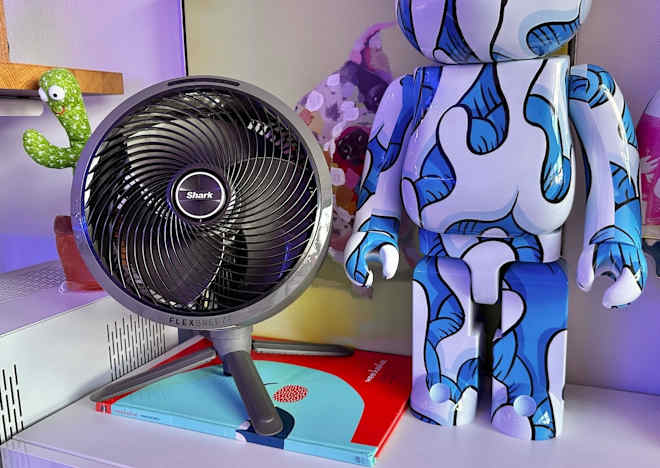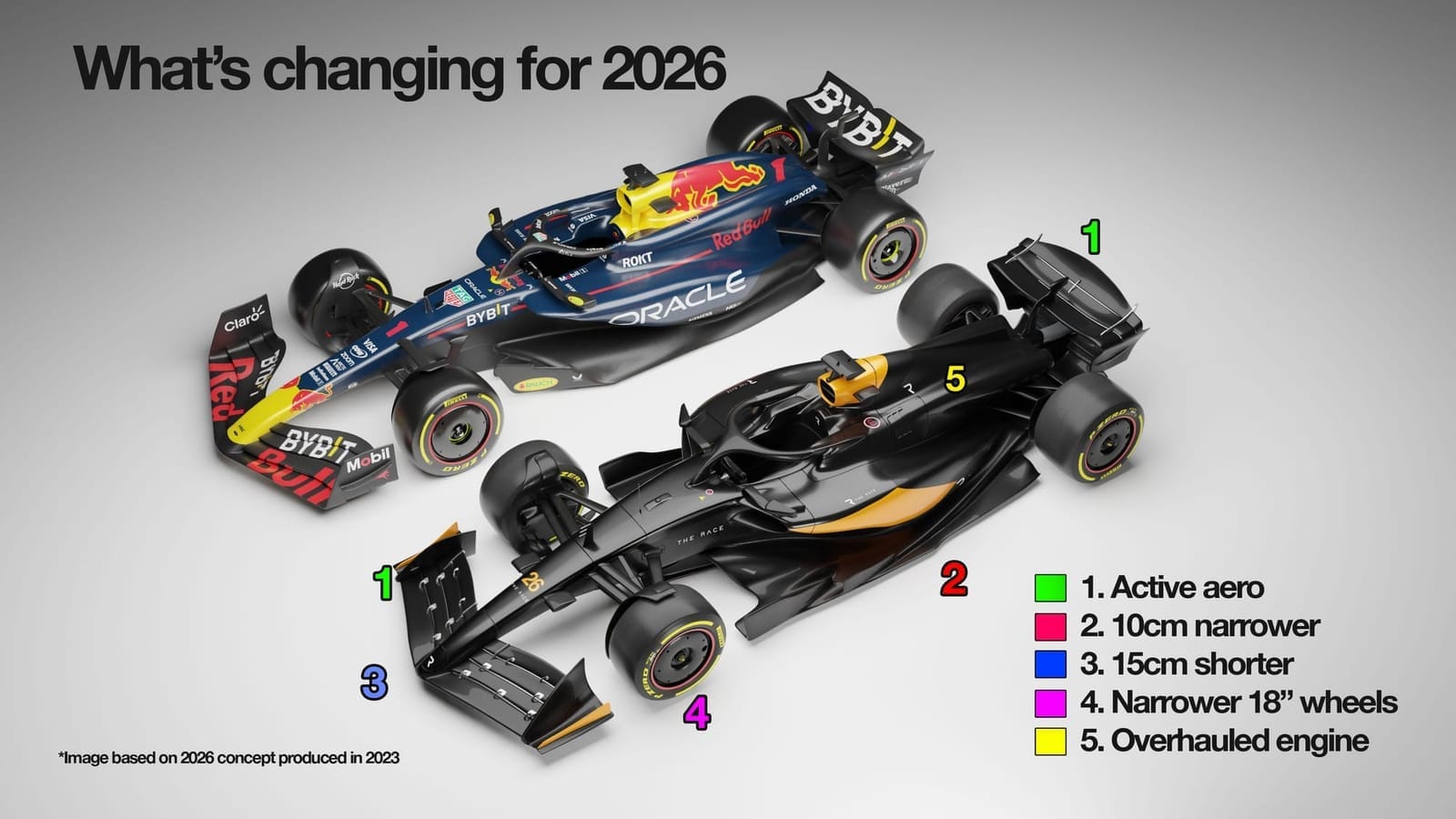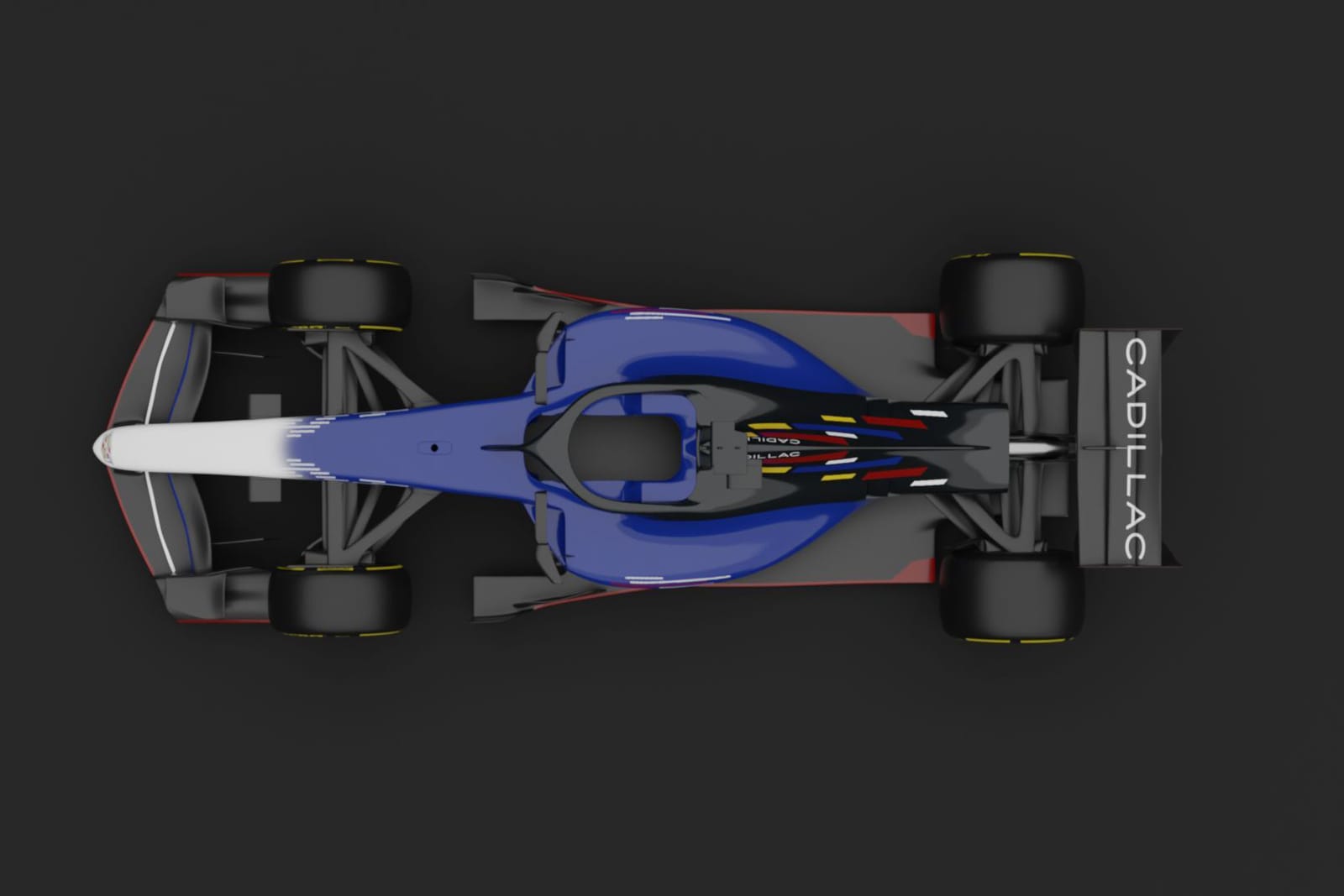F1 2026 engine catch-up idea agreed, but power change splits opinion
Struggling F1 engine manufacturers will be given help in the 2026 rules but there's no agreement yet over other rules tweaks
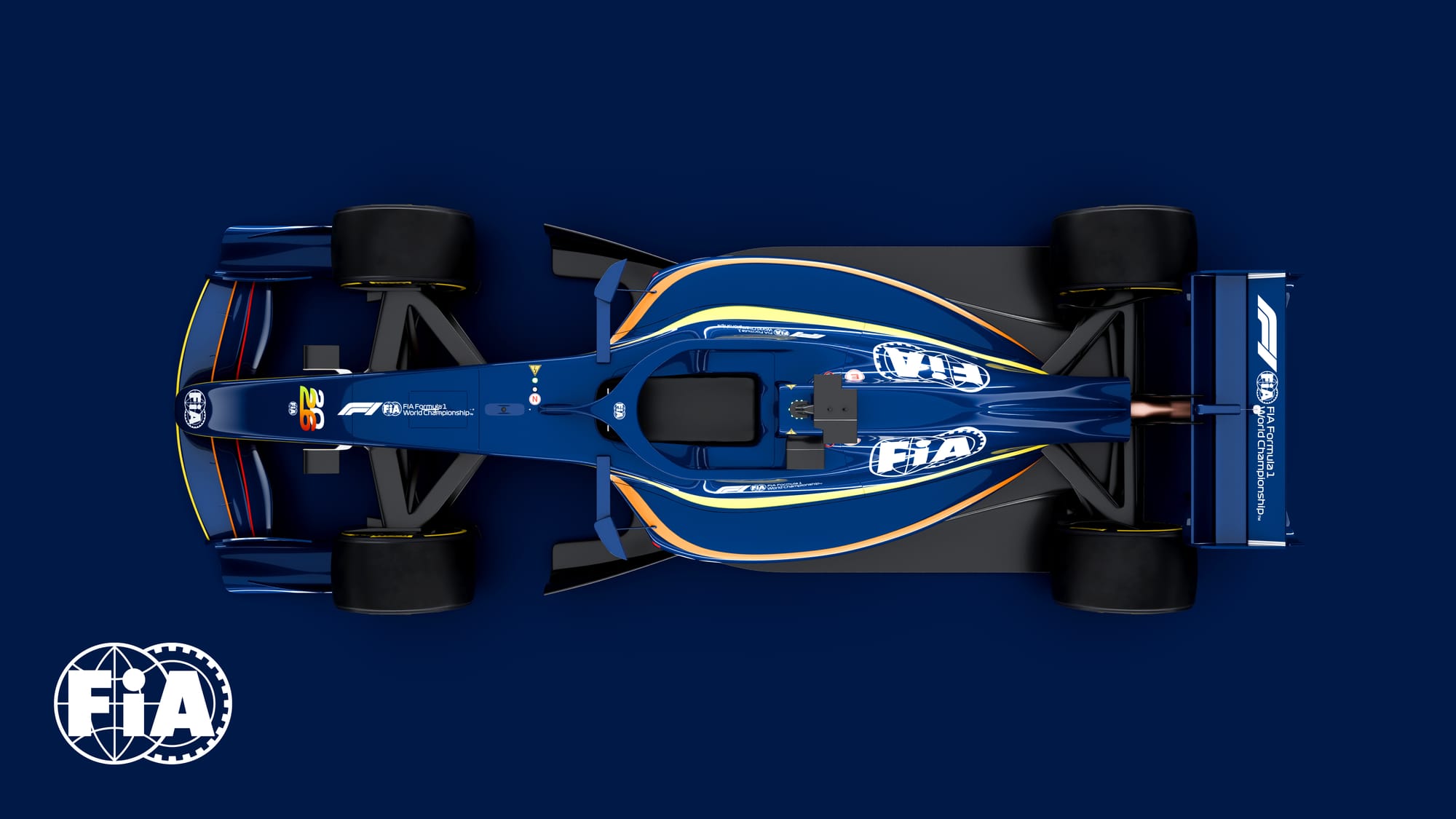

The Formula 1 Commission has agreed to explore ways for manufacturers to catch up next season if their all-new engines are not competitive.
But a radical idea to cut back on battery power in races, aimed at helping alleviate fears of cars running out of energy down straights, left opinion divided in its current guise.
Senior figures from F1 and the FIA, plus representatives of the teams, met in Geneva on Thursday to discuss a range of measures for the future – with the agenda dominated by issues relating to 2026.
There are two key concerns that are trying to be addressed as F1 moves to get the new engine rules into the best shape possible.
The first relates to the danger of the grid's performance being spread apart if one manufacturer gets a massive advantage over the others, or one is left struggling off the pace.
Under the current homologation rules, such a scenario would make it difficult for the gaps to be closed off quickly.
With broad consensus that power units should not be the main differentiator in performance, it was agreed that evaluation work should be done in the relevant power unit advisory committee to find ways to equalise performance better.
It is understood the ideas to be focused on include allowing increased engine dyno hours for those struggling, as well as potentially allowing extra headroom in the cost cap for further development.
One thing that was made clear, however, was that any freedom to allow manufacturers to catch up would only be if their engine was behind – and it would not be a means for teams that have lost out in car development to be allowed to make gains.
The 50-50 power issue
One of the most attention-grabbing topics from the meeting was a proposal to move F1 away from the 50-50 power split between the international combustion engine and battery power in races next year.
The idea was that while the full 350kw of battery power would still be used in qualifying, and for the override overtake system, during the grands prix cars would be limited to using just 200kw.
This was aimed at reducing energy demands, and help avoid the situation of cars repeatedly running out of power down straights.
But while some manufacturers are in favour of the idea, others are strongly against – with Mercedes boss Toto Wolff understood in the meeting to have spoken strongly against making any major changes to next year's regulations at this stage.
His stance, which has been clear for a while, is that F1 should wait to see how the 2026 regulations play out in real life before any efforts are made to address any issues.
Speaking to The Race about the matter at the Saudi Arabian Grand Prix last week, Wolff said: "I think we can react pretty quickly if there was such a problem."
It was agreed that further evaluation about ways to help concerns about a lack of energy deployment should also be looked at by the relevant advisory committee.
A statement issued by the FIA said: "The F1 Commission discussed in principle refinements to the energy management strategy for 2026, as well as measures to address financial issues that can be faced by power unit manufacturers that experience either low performance or significant reliability issues in 2026.
"All of these topics will be discussed in more detail among the specialists in the appropriate advisory committees."
Skid block idea
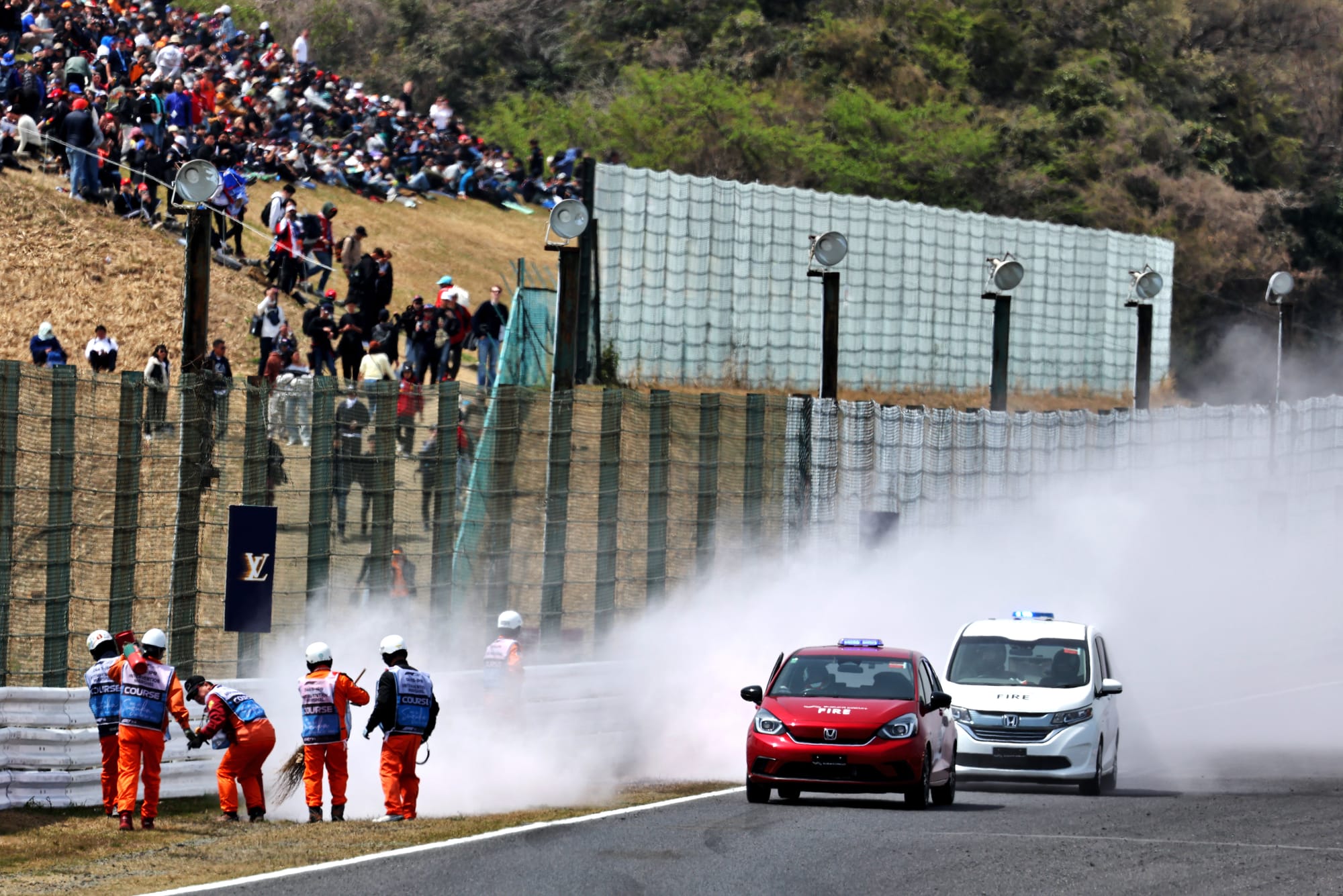
One other interesting proposal put forward was for a change to be made to the skid block material of cars for certain races this year to help avoid further grass fire problems.
After blazes at last year's Chinese Grand Prix and this year's Japanese GP, investigations have concluded that hot sparks from the current titanium material were triggering the fires.
It has been suggested that for certain races this year, cars be fitted with steel skid blocks instead – where the sparks will not be as intense.
However, it is understood that the idea met some resistance as it was deemed to be an expensive and complicated way to solve a problem that has only appeared infrequently and can be cured more easily by watering grass at the side of the track.
The FIA agreed to look further into the matter and see what other solutions can be introduced – either through different skid block materials or treatment at the tracks.
Further items discussed included an update of parc ferme allowances relating to the driver cooling vest, as well as the addition of a regulatory mechanism to manage the situation of freight delays on flyaway events, as was experienced by a number of teams at the recent Chinese GP.












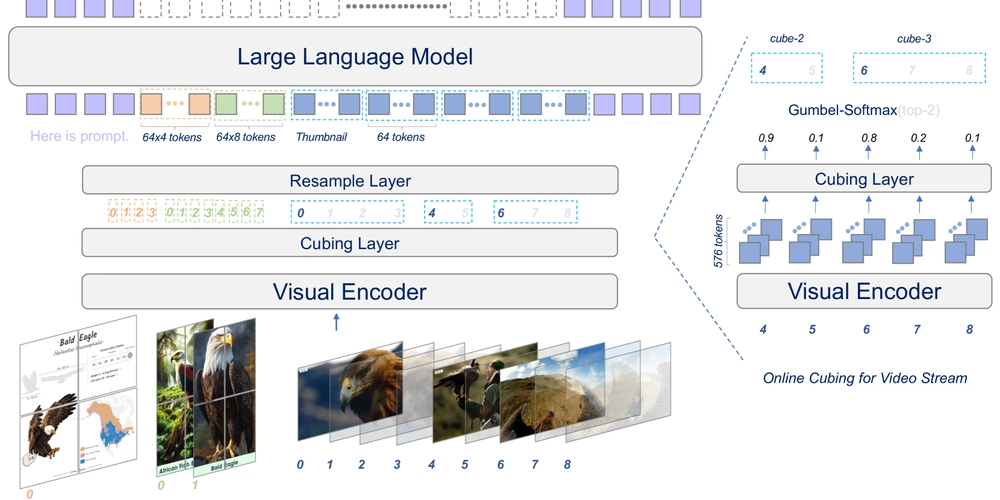
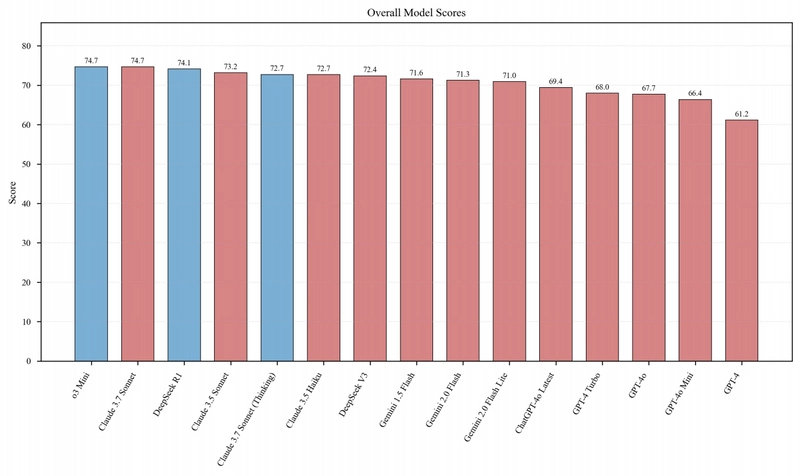





























![Hotel Beds Outperform Your Master Bedroom for Better Sex—Here’s Why [Roundup]](https://boardingarea.com/wp-content/uploads/2025/04/f5e493895ba70ca557ea2a4732722fcc.jpg?#)










